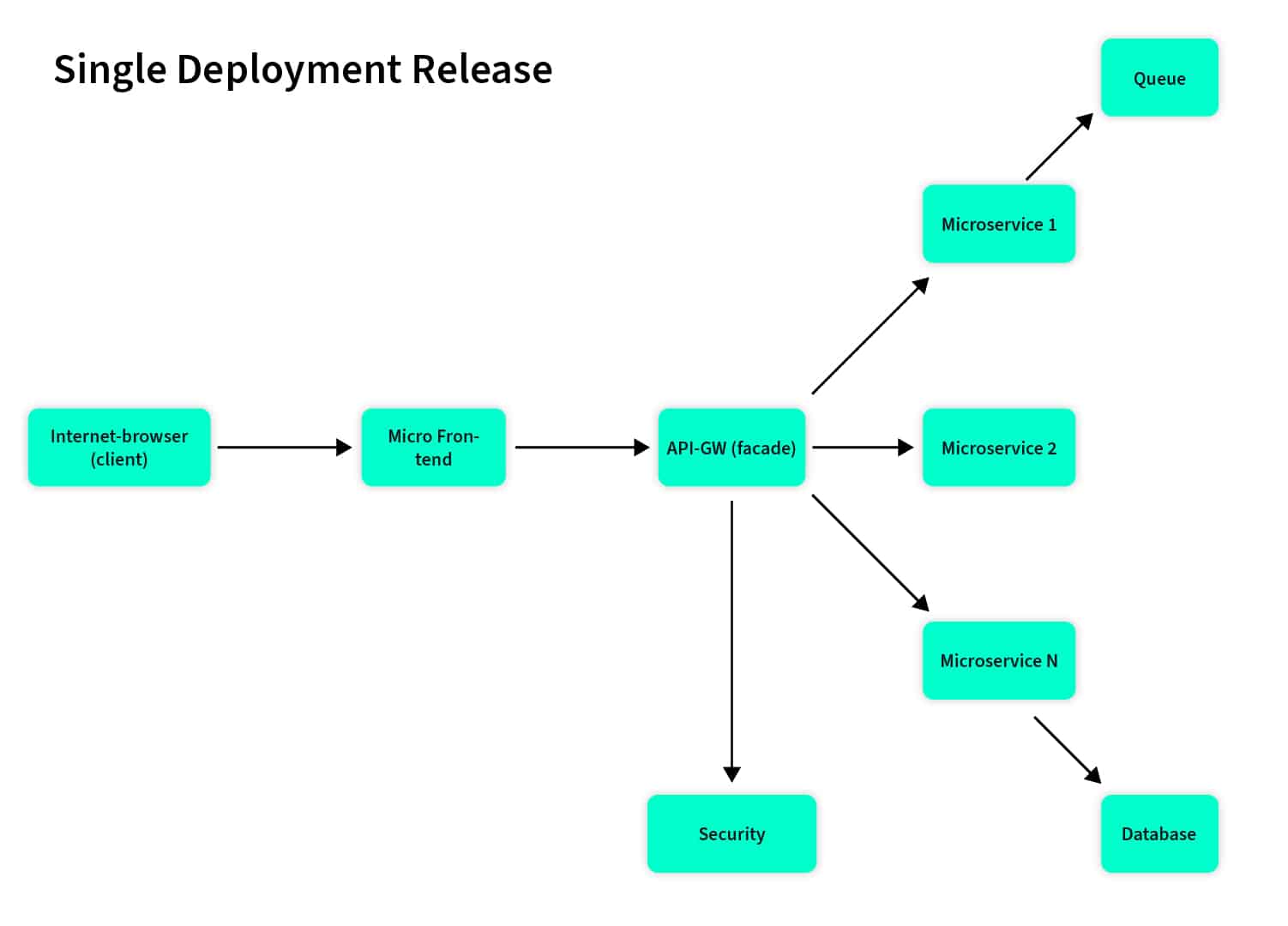DevOps automation allows for faster and more consistent deployments better, tracking of deployments, and for more control over the release process. Additionally, DevOps automation can help reduce the need for manual intervention, saving time and money.
Automation, in general, should simplify how software is developed, delivered, and managed. The main goal of DevOps Automation is to reach faster delivery of reliable software and to reduce risk to the business. Further, automation helps to increase the speed and quality of software development while also reducing the risk of errors within your development and operations departments.
IT Departments usually show a sense of need to automate or digitize their processes and workflows during times of unease. Especially during these times, the typical DevOps automation challenges are the center of attention.
Why automate anyway?
Automation is a way of identifying patterns in computation and considering them as a constant complexity O(1) [Big O notation].
For efficiency reasons, we want to share resources (e.g. Uber transport) and have no boilerplate (less verbosity to make the code clear and simple). We deliver only a delta of changes to the generic state considering generics as utils/helpers/commons.
In the context of cloud automation, we say that if provisioning is not automated it doesn’t work at all.
In the context of DevOps Automation and software integrations, it is all about building facades. We call it Agile Integration in the industry. The facade design pattern is also very widely used in the industry for non-greenfield software projects.
Most of the software solutions out there are facades on top of other facades (K8s → docker → linux kernel) or a superset of a parent implementation (check verbosity of syntax code of Kotlin vs Java).
An example of Agile Integration within an arbitrary domain (DDD) of microservices deployment.
What are typical DevOps Automation challenges?
Lack of integration and communication between development and operations:
This can be solved by using a DevOps platform that enables communication and collaboration between the two departments. The platform should also provide a single source of truth for the environment and allow for the automation of workflows.
Inefficient workflows and missing tools
Efficient workflows can be built in DevOps by automating workflows. Automating workflows can help to standardize processes, save time, and reduce errors.
Security vulnerabilities
These can be solved by integrating a standardized set of best practices of security and compliance requirements into your DevOps platform. Further, make sure, that this platform is the single source of truth for your DevOps environment.
Environment inconsistencies
Environment inconsistencies can lead to different versions of code in different environments, which can cause errors. Most of the time environment inconsistencies can occur when there is a lack of communication and collaboration between the development and operations teams.
How to get started with DevOps automation
One way is to start with a tool that automates a specific process or workflow, and a DevOps platform that enables communication and collaboration between the development and operations teams. In addition, the platform should provide a single source of truth for the environment and enable workflow automation.
Start by automating a core process that benefits your teams or business the most:
- Understand what the workflow looks like and break down the steps that are involved. This can be done by manually going through the workflow or by using a tool that allows you to visualize the workflow.
- Identify which parts of the workflow can be automated. This can be done by looking at the workflow and determining which steps are repetitive, take a long time, or are prone to errors.
- Choose a tool or platform that will enable you to automate the workflow. There are many different options available, so it is important to choose one that fits your specific needs.
- Implement the automation. This can be done by following the instructions provided by the tool or by working with a developer or external partner who is familiar with the tool.
Pro Tip:
- Use a tool like Puppet or Chef to automate the provisioning and configuration of your infrastructure.
- Use a tool like Jenkins to automate the build, deployment, and testing of your applications.
- Use a tool like Seleniumto automate the testing of your web applications.
- Use a tool like Nagios to monitor your infrastructure and applications.
Summary: DevOps Automation
DevOps automation is important because it can help reduce the need for manual intervention, saving time and money. Automation, in general, should simplify how software is developed, delivered, and managed.
Lack of integration and communication between development and operations, inefficient workflows and missing tools, security vulnerabilities, and environment inconsistencies are some of the typical DevOps Automation challenges.
Get started with DevOps automation by integrating a tool that automates a specific process or workflow. Further, use a DevOps platform that fosters communication and collaboration, and that provides a single source of truth (e.g. Container8.io).























